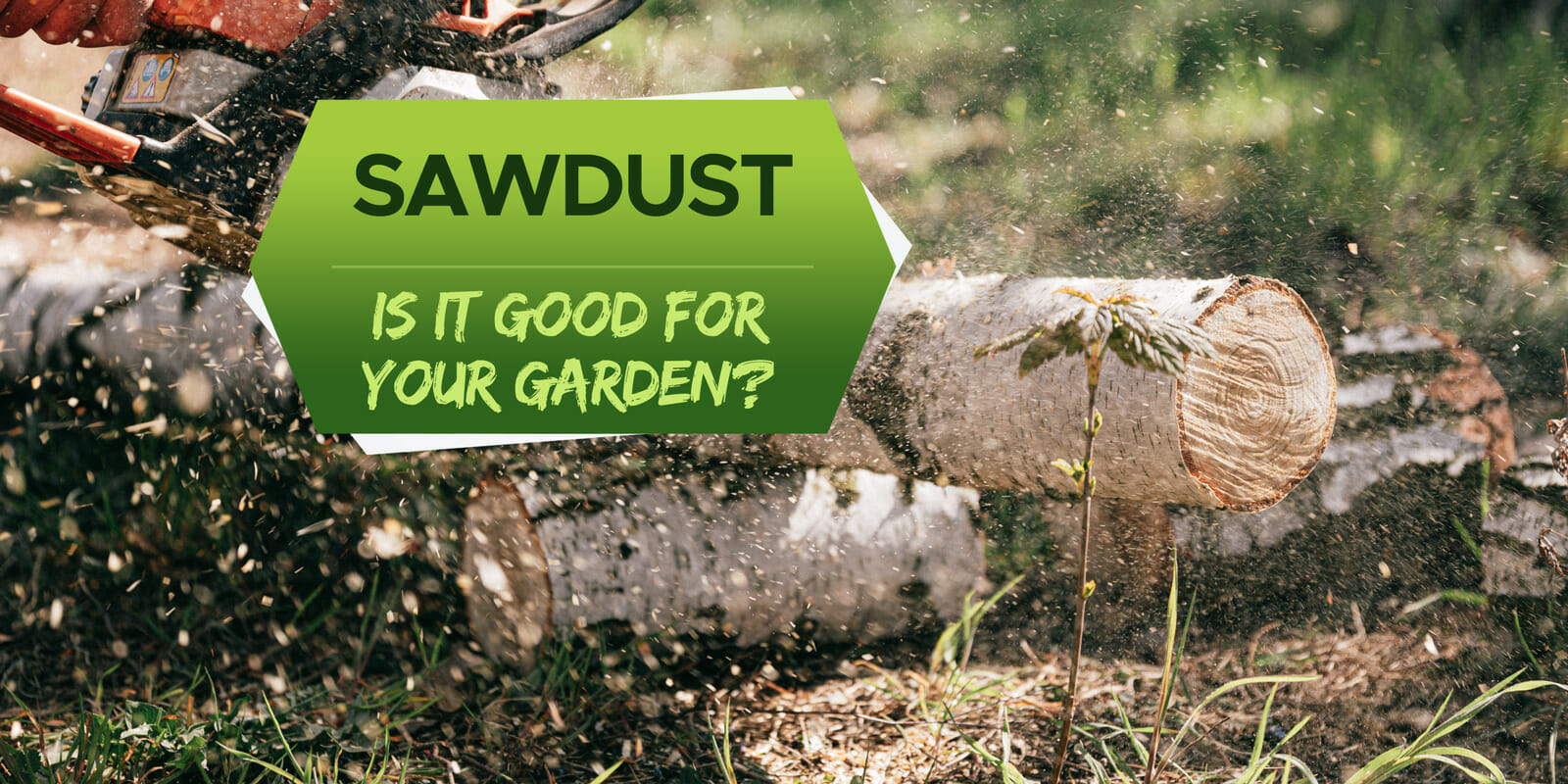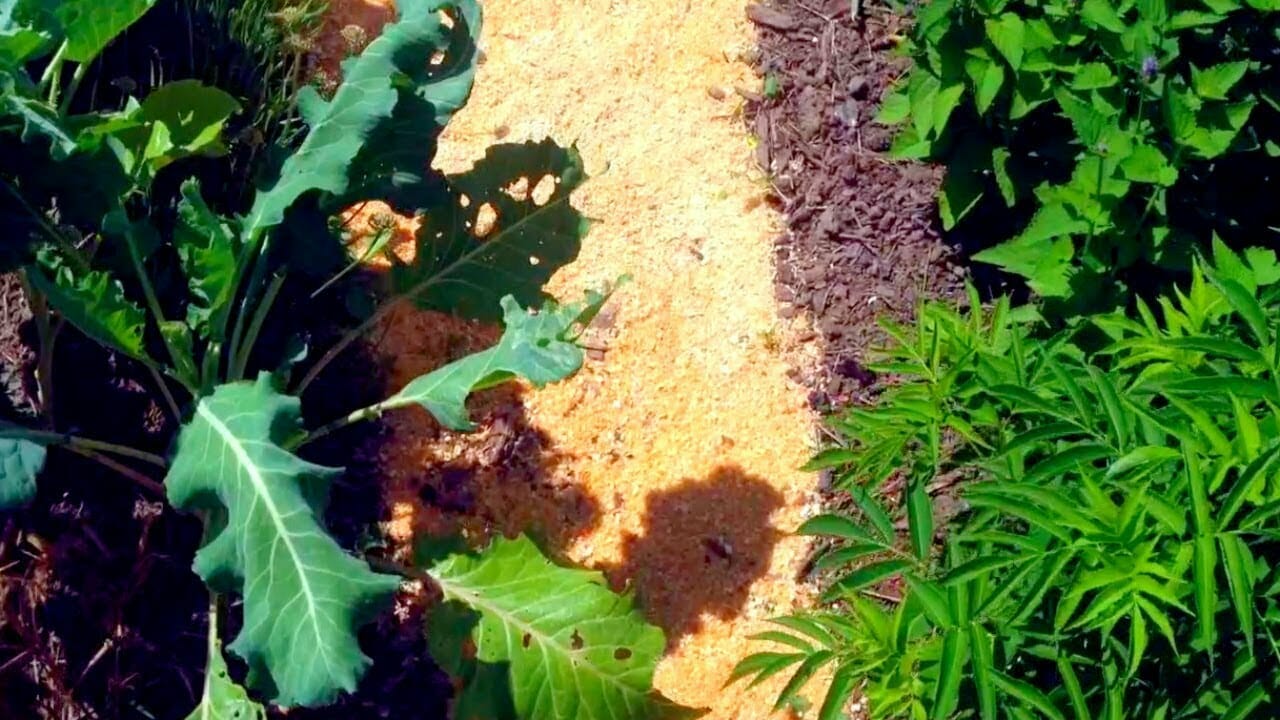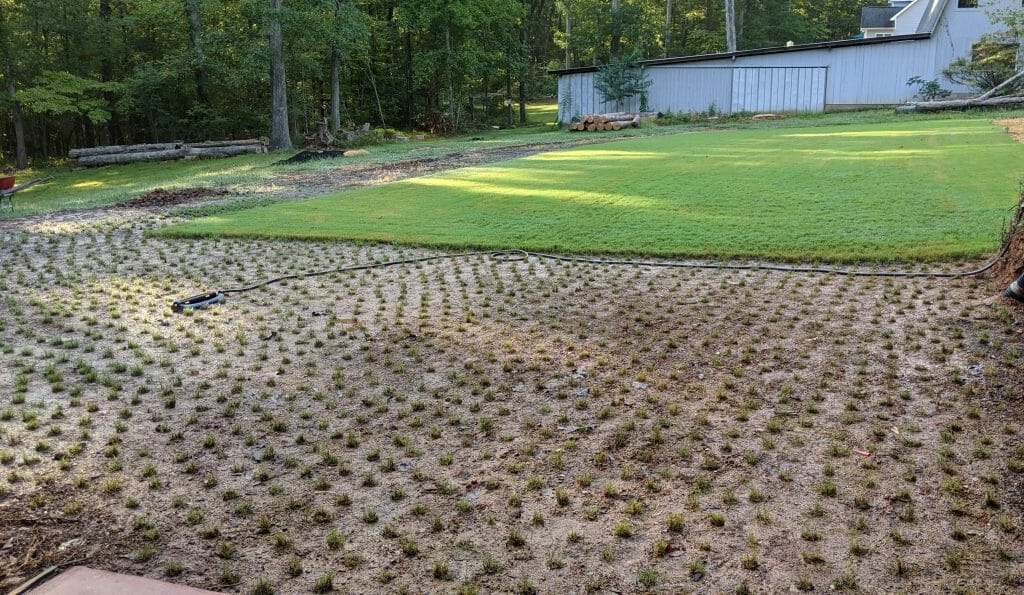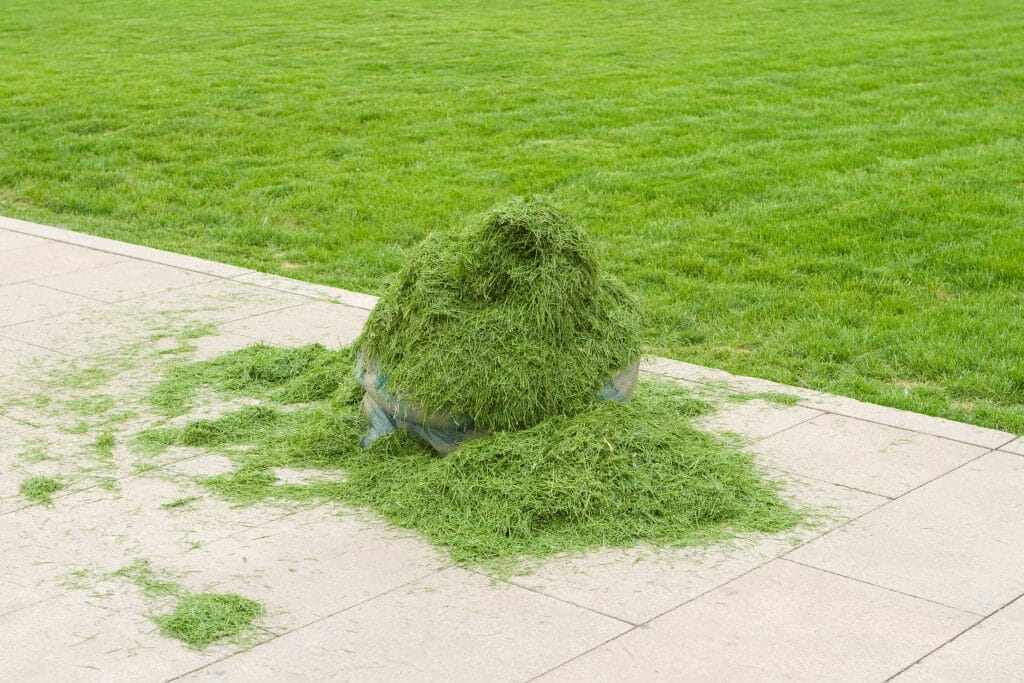We’d all be forgiven to think we can toss pretty much anything into our garden and let nature take its course when extracting all the good nutrients – and you’d be right, most of the time.
There are however a few caveats when it comes to sawdust in your garden.
Sawdust can be used in a garden to prevent weeds or added to composting. However, it should be used sparingly and only use sawdust that hasn’t been treated with chemicals from deciduous trees, like Oak and Beech.
We’re going to answer the question of “is sawdust good for a garden?” – let’s get into the specifics.
Can You Use Sawdust in Your Garden?
Sawdust is one of those odd materials, it’s incredibly easy to come by, its often available in bulk and for free, you feel like you should make use of it somehow, but how exactly?
The simple fact is; you can use sawdust in your garden. The bigger question is, what for!?
It’s no secret that sawdust is incredibly nitrogen heavy, the sawdust will use as much as it can to break down and decompose, which doesn’t leave any left over for your grass or any potential plants it comes into contact with – which makes sawdust an absolute no-no to be used in those scenarios.
However, sawdust does have several other uses.
- Sawdust makes for a fantastic addition to mulch, or compost, just be sure to add additional nitrogen.
- You’ll often see some success growing tomatoes and potatoes in a part sawdust mixture.
- Sawdust does have the ability to fight weeds, although it should be used sparingly.
- Due to its texture, being able to compress under feet, sawdust makes for an excellent natural garden path.
What is Sawdust Good For?
Garden Mulch
When it comes to garden mulch, sawdust is a great addition. However, you’ll notice a pattern in this article, sawdust needs to be used sparingly and to avoid any decline in the health of your garden or plants, you need to add nitrogen along with the sawdust.
Counterbalancing the negative effects sawdust has on nitrogen levels is the key.
Now you don’t need a huge amount of nitrogen, you need to aim for 1 pound of nitrogen for every 45-50 pounds of sawdust.
Compost
When it comes to using sawdust in your compost, since wood is an organically natural material, it will eventually turn into a soil-type material.
Sadly, the important word above is eventually.
To get the most out of using sawdust as a compost, you’re in for 1-2 years of waiting. The reason for that is it needs time to break down naturally, our advice would be pile it up (away from your grass) and let it sit.
Once a sufficient amount of time has passed, as with any compost pile, the sawdust at the bottom will be ready to use.
Vegetables
If you’re looking to grow vegetables in your garden, like tomatoes or potatoes, sawdust is a good way to go.
There are a few benefits to using sawdust, sawdust is great at stopping weeds from growing and due to it’s texture, it’s brilliant at retaining moisture, which will allow your vegetables to thrive.
You’ll need to add calcium nitrate every couple of weeks to prevent a disease called blossom end rot, but other than that, you’re good to go.
Mushrooms
Not everyone’s favorite food, but you can’t deny that mushrooms are a super food. The good bacteria they hold are so good for gut health.
If you’re keen on growing your own mushrooms, sawdust is an excellent choice.
When you think about it, mushrooms grow naturally in wooded areas, obviously that makes sawdust a great bed in which to grow them.
This is due to the fact mushrooms need a cellulose-rich environment, sawdust provides exactly that.
Mushrooms don’t need much to grow, but we would recommend mixing ¼ compost with ¾ pasteurized sawdust for optimal results.
What is Sawdust Bad For?
Grass
Sawdust it great for a lot of things, but mixing sawdust into your soil should be avoided.
As we’ve covered previously, sawdust is incredibly high in carbon, and that carbon will absorb all the nitrogen available as the sawdust breaks down, leaving your grass dead. If you do however mix sawdust into your soil, that soil will eventually become nutrient reach, once it’s recovered.
Plants
Do not use sawdust for plants. Similar to the issues you’ll have with grass, the nitrogen sawdust needs to decompose with destroy your plants.
Which Sawdust Can I Use?
Now, this is an important one.
I’m sure this is obvious to most, but NEVER use any sawdust from pressure treated or toxic wood. They’re full of chemicals that you don’t want anywhere near your you, or you garden.
And NEVER use Black Walnut sawdust.
I’d personally also avoid sawdust from conifer trees, pine, fir, cedar, etc. They break down incredibly slowly, there’s other options out there that are better for garden use.
Our recommendation would be to use sawdust from Deciduous trees, such as Oak, Beech, Maple and Elm. The sawdust from these trees breaks down and decomposes relatively quickly, definitely the best option.
Frequently Asked Questions:
Is sawdust good for tomatoes?
Most sawdust is good for tomatoes. Do NOT use Black Walnut sawdust, and be sure to add additional calcium every 2 weeks.
Can sawdust go into compost?
Yes, sawdust can go into compost. However, the sawdust needs to sit for several years to allow a natural break down to occur before adding it to compost.
Does sawdust attract termites?
No, termites need the cellulose of solid wood, which isn’t available in sawdust.
Final Thoughts
So, sawdust can be good for your garden, if you’re growing vegetables or looking to improve your garden mulch, certain types of sawdust are good for your garden.
Sawdust is not good for your grass, or for growing normal plants, the nitrogen needed for the sawdust to break down all but makes it an impossible material to use.





